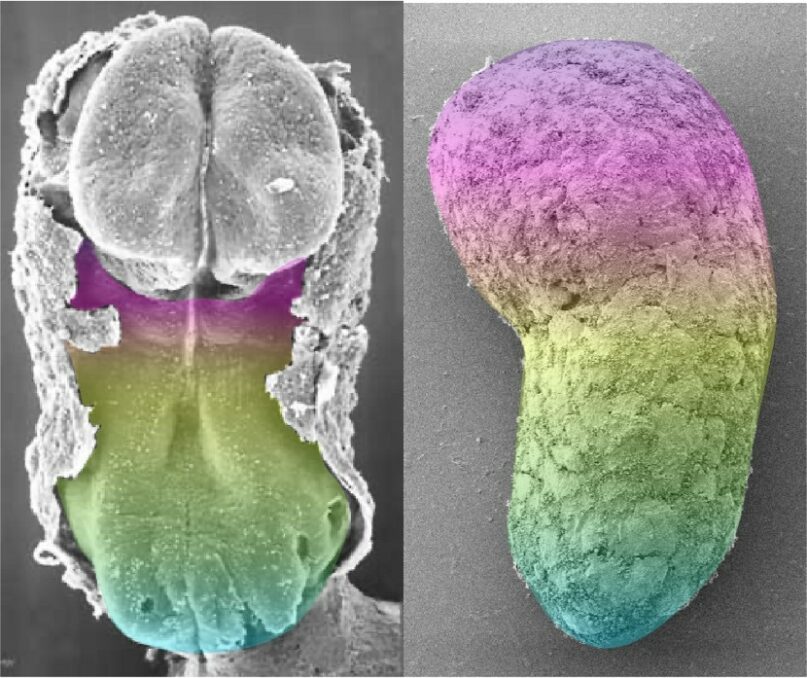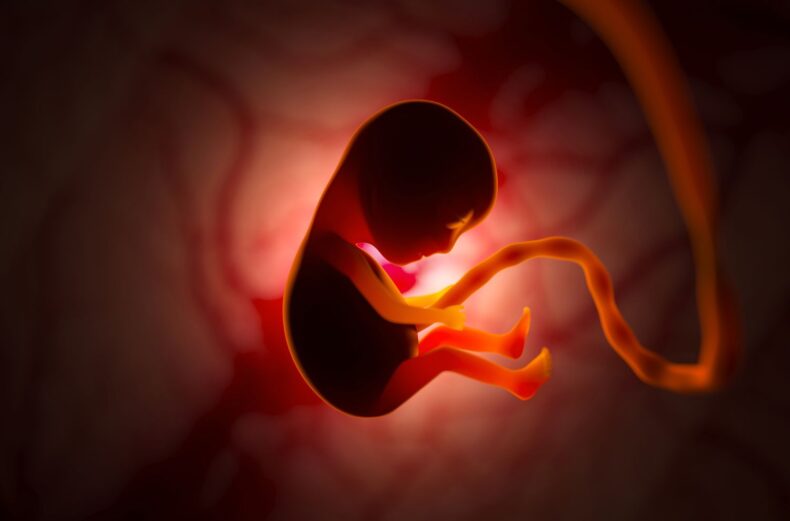
Gastrulation is a vital event that occurs during early embryogenesis, wherein a single-layered ball of cells named the blastula transforms to generate the three primordial layers. The three primary layers are the ectoderm, the mesoderm, and the endoderm. The ectoderm is the outermost layer that gives rise to the skin, nervous system (brain and spinal cord), and other external structures like hair and nails. The mesoderm forms the muscles, bones, circulatory system, and reproductive organs. The endoderm generates the lining of various internal organs, such as the digestive tract, respiratory system, and liver.
The study of processes such as these helps us understand normal and abnormal human development. Defects or disruptions during gastrulation can lead to severe birth defects and developmental disorders. Understanding gastrulation helps in identifying potential causes of such conditions, opening avenues for early diagnosis and potential therapeutic interventions. But the main issue with understanding the process of gastrulation is that gastrulation occurs between days 17 and 21 post-fertilization, studying such embryos which is ethically frowned upon.
Researchers at UT Southwestern introduced a new stell cell model using peri-gastruloids enabling the study of development and differentiation.
WHAT ARE PERI-GASTRULOIDS?
Peri-gastruloids or gastruloids are 3D cellular aggregates (collection of cells) of expanded pluripotent stem cells (EPSCs) rather than normal pluripotent stem cells. The addition of EPSCs enables the gastruloids to generate extra-embryonic tissues such as the yolk sack and embryonic tissue in conjunction. In comparison, previous gastruloids developed from primed pluripotent stem cells do not possess this ability.

IMPORTANCE OF PERI-GASTRULOIDS
- Ethical considerations: One of the main advantages of using peri-gastruloids is their potential to reduce reliance on traditional embryonic models. As peri-gastruloids are derived from pluripotent stem cells rather than embryos, they can bypass some of the ethical concerns associated with using human embryos for research purposes.
- Complexity of tissue formation: Peri-gastruloids exhibit self-organizing properties and can differentiate into various cell types, mimicking the early developmental processes. This makes them valuable for studying tissue formation, which is crucial for understanding organ development and potential tissue regeneration therapies.
- Disease Modeling: Peri-gastruloids can be used to model and study various genetic disorders and congenital diseases that manifest during early embryonic development. By recapitulating the disease processes in a controlled environment, researchers can gain new insights into the molecular and cellular events leading to these conditions.
- Drug Testing and Development: Pharmaceutical companies can benefit from peri-gastruloid technology in the field of drug testing and development. By using these models, researchers can screen potential drug candidates for safety and efficacy during early developmental stages, potentially reducing the need for animal testing and expediting the drug discovery process.
- Personalized Medicine: With advances in stem cell technology, it might be possible to generate peri-gastruloids from an individual’s own cells, creating personalized disease models. This personalized approach could enable researchers to design tailored therapies for specific patients, enhancing the efficiency and effectiveness of treatments.
FUTURE TRENDS AND IMPLICATIONS
- Tissue Regeneration: Understanding the intricate processes of tissue formation could pave the way for engineering complex tissues and organs for transplantation. Regenerating damaged or diseased tissues with patient-specific peri-gastruloid-derived cells might become a reality, revolutionizing the treatment of organ failure and degenerative diseases.
- Birth Defect Correction: Studying genetic disorders during the early stages of development may provide critical insights into correcting birth defects before birth, presenting alternative therapy options.
- Neurological Disorders: Peri-gastruloids could be instrumental in unraveling the complexities of neurological disorders, such as autism and Alzheimer’s disease. This knowledge could lead to novel therapeutic strategies aimed at treating or even preventing these conditions.













